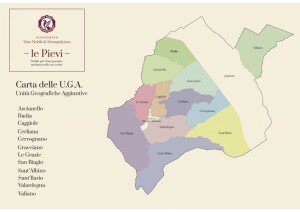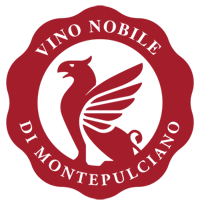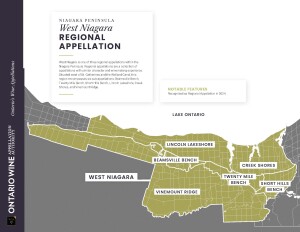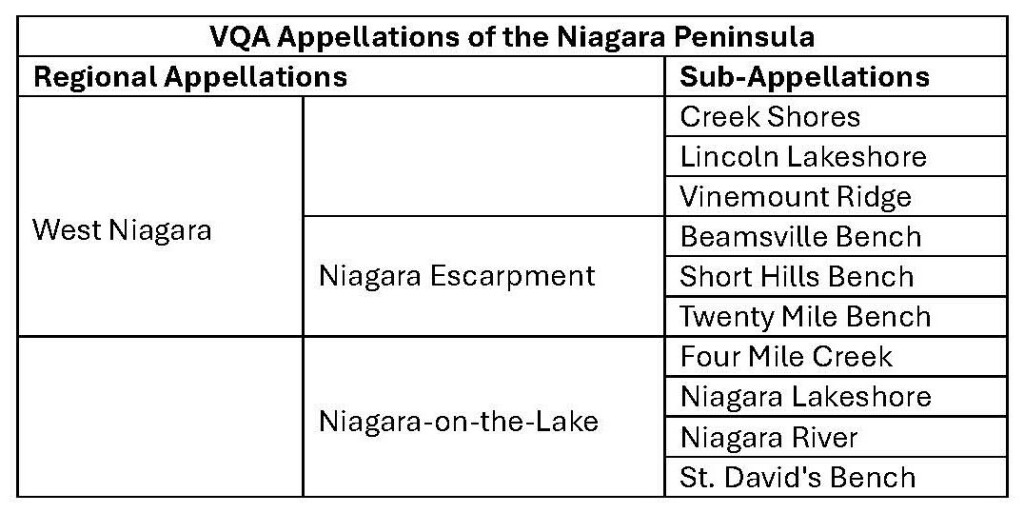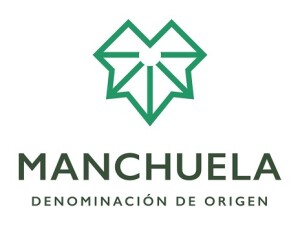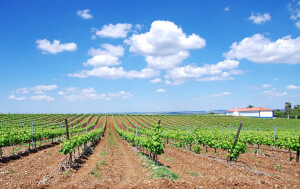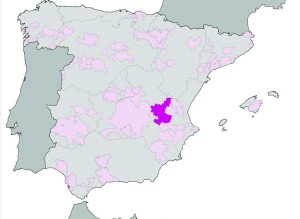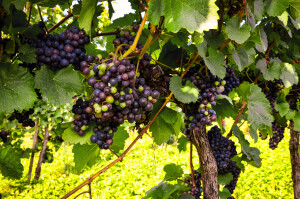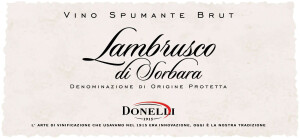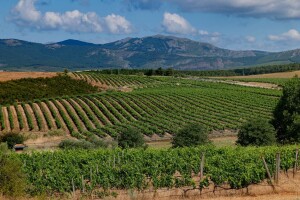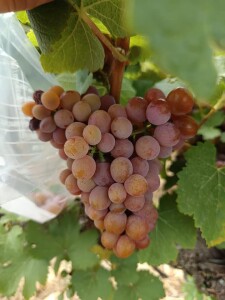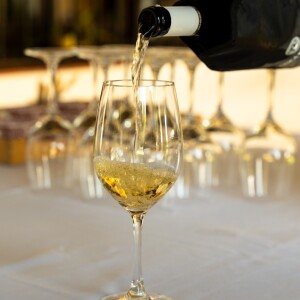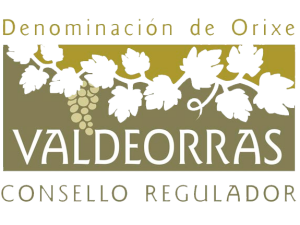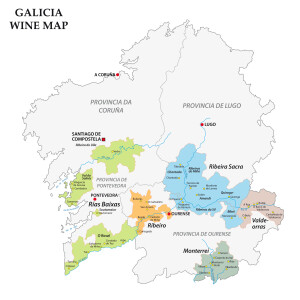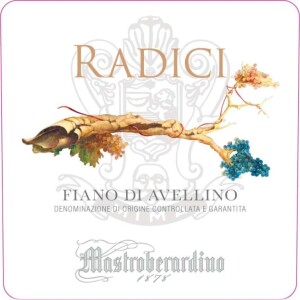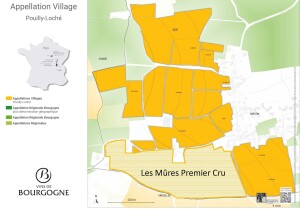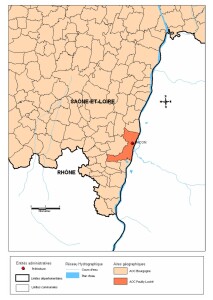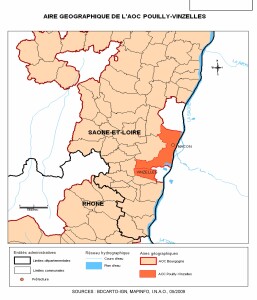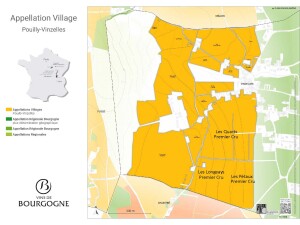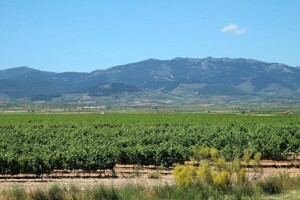Newsflash: twelve new pievi (zones) have been approved within Italy’s Vino Nobile di Montepulciano DOCG. The update will be official as of the 2021 vintage, with the first pieve-specific wines hitting the shelves later this year.
This update was first announced several years ago and ratified within Italy as of February of this year. Finally, the EU granted their approval and published an updated disciplinare in the EU Journal on May 15, 2025. It’s now official all-around.
Located within Tuscany’s province of Siena, the Vino Nobile di Montepulciano DOCG (established in 1980) is approved for dry red wines produced using a minimum of 70% Sangiovese grapes (known locally as Prugnolo Gentile). With this newly-approved amendment, the appellation now allows for three quality levels, each with increasingly stringent standards as to yield, alcohol levels, and aging (among other requirements). These three levels are: normale (an unofficial term but often used to refer to any wine without one of the two specific terms that follow), riserva, and pieve.
For reference, here is a quick comparison of some of the appellation’s standards:
- Varietal composition:
- Normale: Minimum 70% Sangiovese (Prugnolo Gentile)
- Riserva: Minimum 70% Sangiovese (Prugnolo Gentile)
- Pieve: Minimum 85% Sangiovese (Prugnolo Gentile)
- Minimum alcohol by volume (abv):
- Normale: 12.5%
- Riserva: 13%
- Pieve: 13%
- Maximum yield:
- Normale: 8,000 kilograms of grapes per hectare
- Riserva: 8,000 kilograms of grapes per hectare
- Pieve: 7,000 kilograms of grapes per hectare
- Aging:
- Normale: Minimum aging of at least two years; of these, at least one year must be in wooden containers
- Riserva: Minimum aging of at least three years; of these, at least six months must be in the bottle
- Pieve: Minimum aging of at least three years; of these, at least one year must be in wooden containers and at least one year must be in the bottle
The 12 pievi are based on the traditional parishes of Montepulciano, many of which date back to the 1700s. To use a specific pieve on label, the vines must be at least 15 years old and the wine must be made from grapes grown exclusively within the designated pieve. The new pievi are as follows: Ascianello, Badia, Caggiole, Cerliana, Cervognano, Gracciano, Le Grazie, San Biagio, Sant’Albino, Sant’Ilario, Valardegna, and Valiano.
We’ll be on the lookout for Vino Nobile di Montepulciano DOCG labeled with a specific pieve to be released later this year!
References/for more information:
- EU Journal – Vino Nobile di Montepulciano May 2025
- Disciplinare Vino Nobile de Montepulciano 2025
- Website of the Consorzio del Vino Nobile di Montepulciano
Post authored by Jane A. Nickles…your blog administrator: jnickles@societyofwineeducators.org
